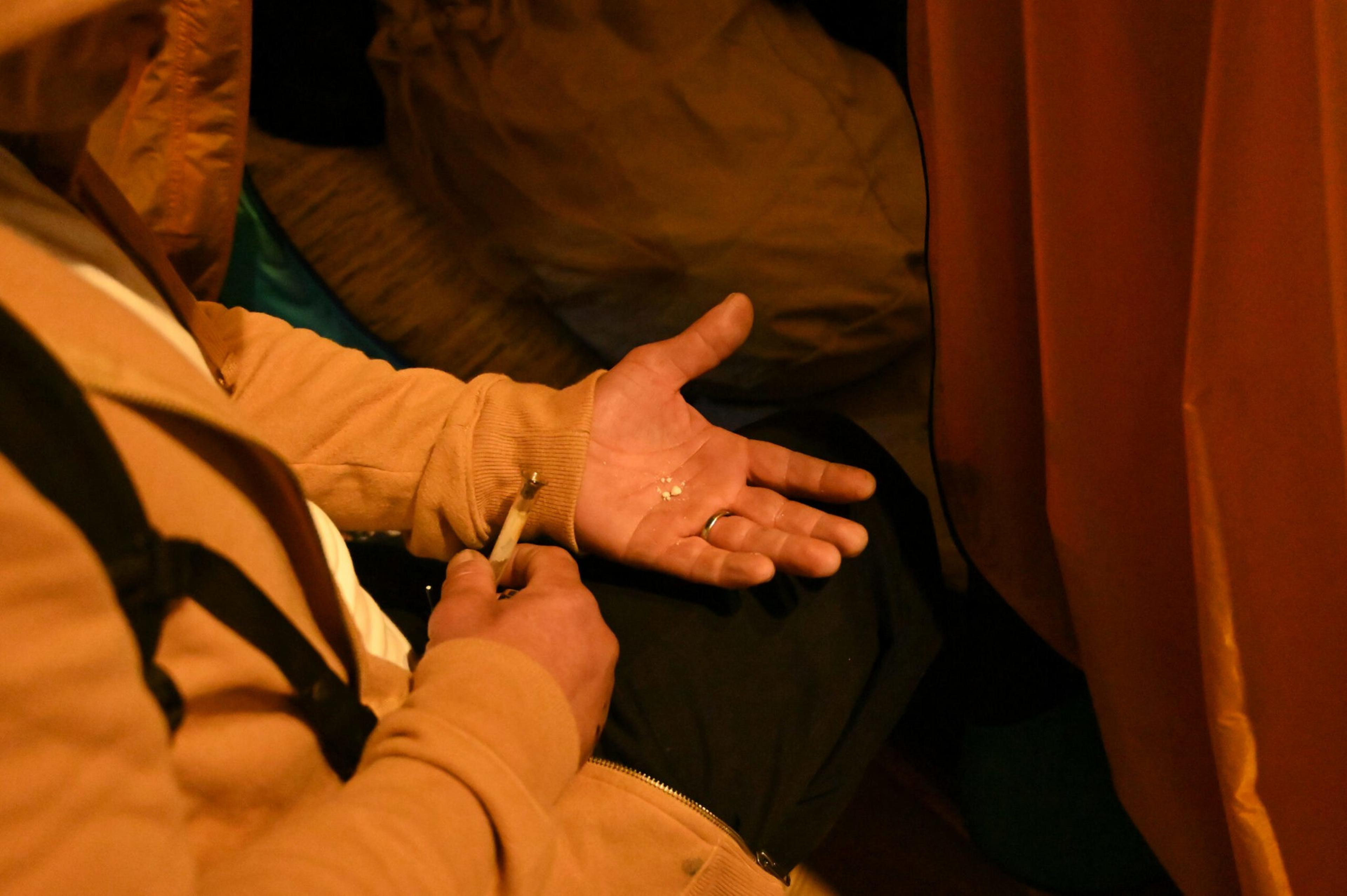Fewer people in San Francisco died from drug overdoses in the second year of the pandemic, marking the city’s first dip in six years, according to a new report. But the loss of life remains startlingly high and is actually climbing in some pockets of the city.
The Medical Examiner’s Office released a report (opens in new tab) Wednesday showing that overdose deaths increased in Nob Hill and the South of Market neighborhoods, while the Tenderloin—still home to the highest rate of overdose deaths in the city—saw a small decrease in its share of the epidemic.
The report found that 476 of the city’s 650 overdose deaths last year were in some way caused by the drug fentanyl. The percentage of people killed by the powerful opioid, 73%, appears to have stabilized compared to 2020, although this comes after a 220% increase in opioid-related drug overdoses between the years of 2015 and 2019.
Nob Hill had 10% of the city’s total overdose fatalities in 2020 and the neighborhood saw that share increase to 13% in 2021, officials said. SoMa also increased its share of fatalities, accounting for 17% of the deaths in 2021 compared to 15% in 2020. Fatal overdoses in the Tenderloin decreased from 26% of all city overdose deaths in 2020 to 23% last year.
Supervisor Matt Haney, who lives in and represents the Tenderloin, noted that his district’s disproportionate share of overdose deaths in the city is impacted by the housing crisis and people living on the streets. However, the report also paints a more complex picture, as residents with fixed addresses made up the majority of drug-induced fatalities at 73%.
“I think that it’s really important that we focus with urgency on homelessness, but if we want to stop drug overdoses, it can’t only be in the context of homelessness,” Haney said.
February marked the deadliest period of last year, as 71 people died in just that month alone, according to the report. Of the people who fatally overdosed in 2021, 46% were between the ages of 35 and 54.
Paul Boden, the executive director of the Western Regional Advocacy Program, an organization that focuses on housing solutions, said that the data show that San Francisco’s addiction and housing crises aren’t always linked.
“The assumption is that I saw a homeless person doing dope, so therefore all homeless people are shooting dope,” said Boden, who was once homeless. “We’re still gonna have to address the health issues of addiction, and the issues aren’t fixed automatically if we end homelessness. That’s apples and oranges, and we need to be on track to address both.”
